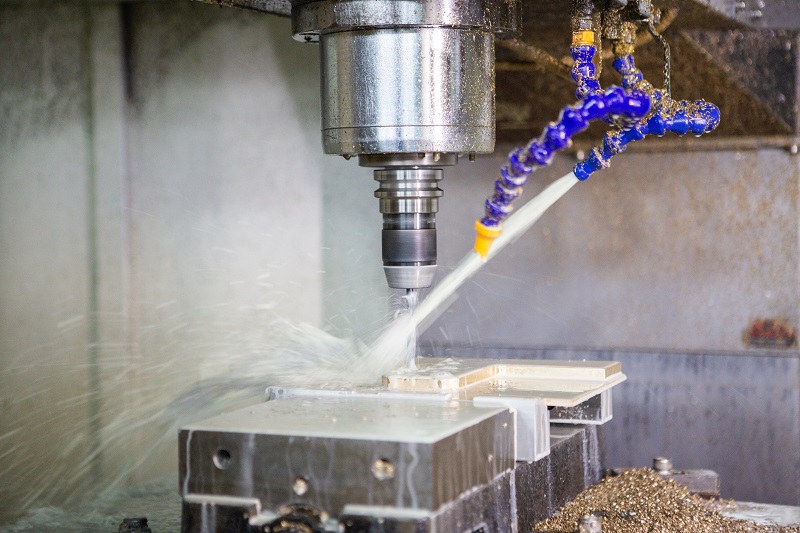Hard and brittle materials such as glass, ceramics, and cemented carbide are difficult to process with traditional methods. However, by applying high-frequency vibration through conventional milling, drilling, grinding, etc., that is, the combination of ultrasonic technology and cutting technology, the processing efficiency is greatly improved. The Ultrasonic ultrasonic processing machine in China uses a spindle converter to convert the high-frequency electrical signal of the ultrasonic generator into a 20KHz mechanical vibration motion (longitudinal motion). Then through the pressure regulator to amplify and control the vibration amplitude, and transmit the vibration to the milling cutter, drill or grindstone. During the machining process, the tool continuously taps the surface of the workpiece 20,000 times per second to separate the surface material of the part into fine particles. Its processing efficiency is not only five times higher than traditional methods, but also its surface roughness can reach Ra <0.2 μm. Therefore, it is a machine tool with both ultrasonic processing functions and multi-process combined processing such as drilling, milling, and grinding.
In the traditional machining process, the passivation of the tool will increase the cutting force and cause deep damage to the surface of the material. The treatment of carbides or brittle materials is no longer economical. Ultrasonic vibration processing machine technology can solve such problems.

Should I mill hardened steel wet or dry?
When milling or turning hardened steel, the tool life is longer and more stable during dry cutting (that is, without coolant). For most engineers, this is counterintuitive, because in college you are told that the more lubrication the better. However, the coating of hardened steel tools can withstand much higher temperatures than those generated during dry cutting.
By applying coolant to the tool, it creates micro-cracks in the coating, which decompose faster and cause faster wear. Its effect is similar to pouring cold water on a hot glass; it causes the glass to break. With dry cutting, tool life is usually extended by at least 40%.



